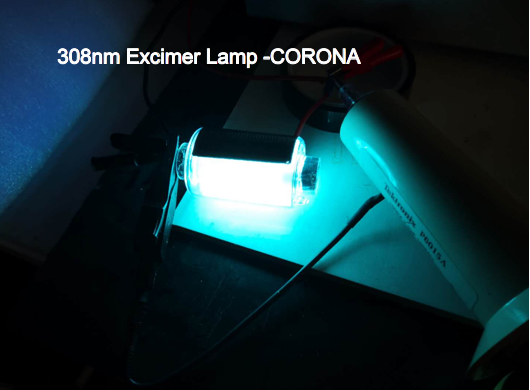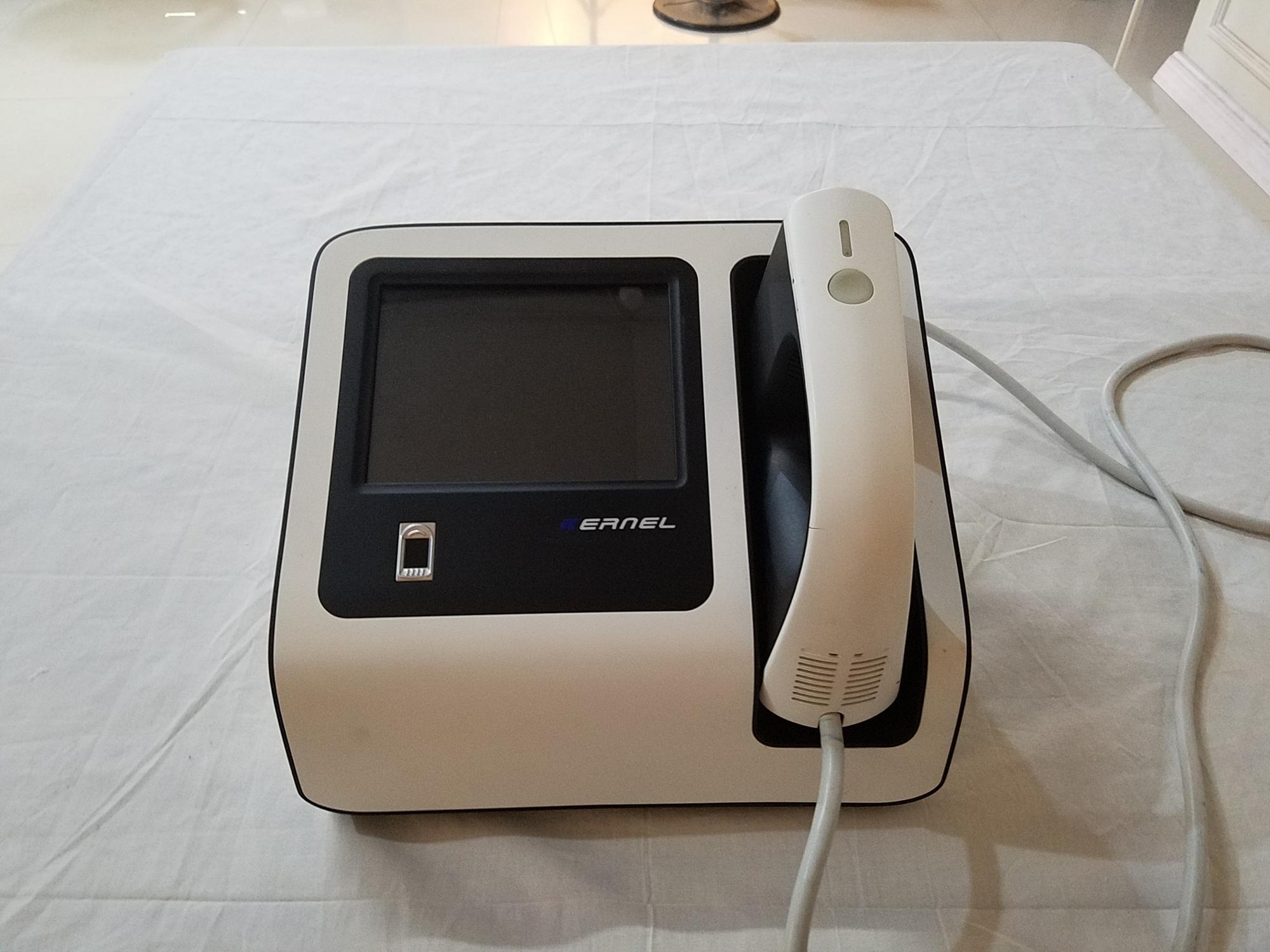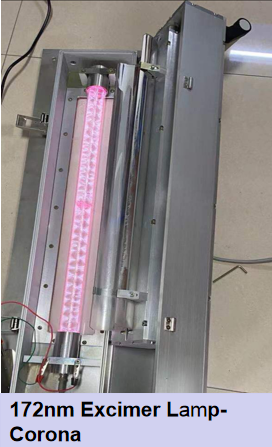Far UVC of the 222nm wavelength is currently being researched as a potential alternative to conventional germicidal lights of the 253.7nm wavelength. The products in this category are not currently available for sale, but these items and others similar to it may be available to research institutions like hospitals and universities.
For the general public, homeowners, consumers, businesses, and medical/government institutions, conventional UV air/surface disinfection and UV water purification products still make the most sense.
Far UVC is on the cutting edge of medical lighting right now, not commercially available, and still cost prohibitive. This category of products exists for informational and educational purposes only.
SKIN DAMAGE WARNING Please note that at least one study (PDF) showed damage to human skin after exposure to equipment utilizing far UVC excimer lamp technology. According to that evaluation of a far UVC device, "At low doses below the threshold bacteriostatic effect, the source was capable of inducing both erythema and CPD formation in human skin."
Is Far UVC Safe for Human Skin?
According to the Illumination Engineering Society, far UVC light bulbs can still pose a threat to human skin and eyes. Several studies have shown that far UVC has not damaged the skin or eyes of some mammals, while other studies have been inconsistent. One study even showed skin damage to humans after exposure to Far UVC.
The big danger is that, if the far UVC light source does not block longer-wavelength light from passing through the bulb envelope, it can still be dangerous. Manufacturing quality could play a large part in making this technology safe in the future, but small differences in wavelength can make a big difference in the effect on human health.
The bottom line for safety is that, until more research is done on healthy (and unhealthy) human skin and eyes, and unless the proper wavelength of light can be guaranteed throughout the effective life of the far UVC light source, long term far UVC is not safe to expose to skin or eyes.
Further Resources
- Buonanno M, Ponnaiya B, Welch D, Stanislauskas M, Randers-Pehrson G,Smilenov L, Lowy FD, Owens DM, Brenner DJ. Radiation Res. Germicidal efficacy and mammalian skin safety of 222 nm light. 2017; 187:493-501.
- Woods JA, Evans A, Forbes PD, Coates PJ, Gardner J, Valentine RM, Ibbotson SH, Ferguson J, Fricker C, Moseley H. The effect of 222-nm phototesting on healthy volunteer skin: A pilot study. Photodermatol Photoimmunol Photomed. 2015; 31:159-66
Who Can Buy Far UVC?
Currently, Ushio, the manufacturer of Far UVC excimer lamps, is working exclusively with original equipment manufacturers (OEM), and only a short list of those.
If you are interested in desining your own equipment that utilizes Far UVC excimer lamps, you have to speak with Ushio directly.
These bulbs and inverters are not available for sale to consumers or resellers/distributors.
When Will Far UVC Equipment Be Available?
Far UVC equipment is being fast tracked, but systems utilizing this technology will not be available until later in 2020.
As manufacturers design systems that utilize far UVC excimer lamps, more options may become available in the next few years.
How Much Will Far UVC Cost?
As excimer lamp technology is relatively new and specialized, the equipment using these lamps will be very expensive.
A few years ago, small handheld far UVC systems cost upwards of $30,000. While the cost may decrease with mass production, simple far UVC equipment could cost several thousand dollars, and more advanced equipment could cost several tens of thousands of dollars.
That's Too Expensive, Are There Alternatives?
While 222nm UVC technology holds promise, 254nm UVC has long been used by hospitals, industry, and governments for air, surface, and water purification.
Precautions must be taken when using 254nm UVC equipment, but the cost is a fraction of far UVC, replacement bulbs and ballasts are widely available, and multipe options exist for air, surface, or water sanitization. UV bulbs in the UVA, UVB, and UVC spectrum come in a variety of lengths, bases, wattages, and other variations.
For the vast majority of consumers, professionals, businesses, and institutions, regular UVC bulbs and fixtures still make the most sense in terms of effectiveness and cost.







